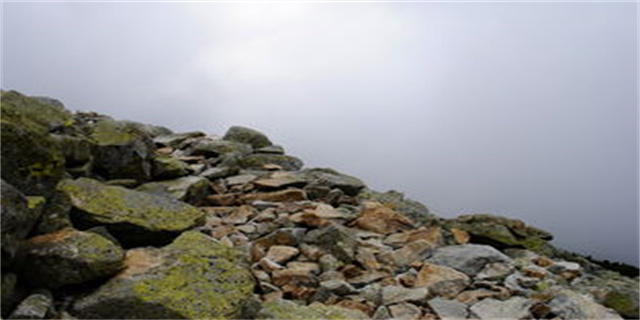Exploring the Mysteries of Astraea
Unraveling the Secrets of Astraea
Throughout human history, we have been captivated by our celestial surroundings. Our fascination with the vastness of the universe has led to numerous discoveries and breakthroughs in the field of astronomy. One such celestial body that has piqued the interest of both scientists and enthusiasts alike is Astraea, a minor planet located in the asteroid belt between Mars and Jupiter. In this article, we will delve into the mysteries surrounding Astraea and explore what makes it such an intriguing subject of study.

Origin and Composition
Astraea, discovered by astronomer Karl Ludwig Hencke on December 8, 1845, is named after the Greek goddess of justice. Its location within the asteroid belt, a region consisting of millions of rocky objects, makes it a prime subject of study for scientists looking to understand the early formation of our solar system. Astraea is classified as a S-type asteroid, which suggests that it is primarily composed of silicate minerals and nickel-iron metal. This composition indicates that Astraea may have originated from the rocky inner region of the protoplanetary disk that surrounded the Sun during the formation of our solar system.

Mysterious Surface Features
One of the most intriguing aspects of Astraea is its surface features. Through extensive observations and studies, astronomers have identified several impact craters on the surface of this minor planet. The presence of these impact craters indicates that Astraea has had a tumultuous past, enduring countless collisions with other celestial bodies. The size and distribution of these craters can provide valuable insights into the history of Astraea and the overall dynamics of the asteroid belt. Additionally, scientists have observed variations in the albedo, or reflectivity, of Astraea's surface. This suggests the existence of different types of exposed minerals, possibly indicating variations in composition or geological processes at work.
The Search for Moons
Another area of research that has intrigued astronomers is the possibility of Astraea having moons. While no confirmed moons have been discovered thus far, scientists have been actively searching for any companions in Astraea's vicinity. The existence of moons would provide valuable information about the formation and evolution of Astraea, as well as offer insights into the dynamics of the asteroid belt. By employing advanced observational techniques, such as high-resolution imaging and astrometry, astronomers hope to detect any potential moons and unravel the mysteries surrounding Astraea's satellite system, if it exists.
In conclusion, Astraea continues to fascinate us with its secrets and mysteries. Its origin, composition, surface features, and the potential existence of moons all contribute to making it a subject of great scientific interest. The asteroid belt, with Astraea being one of its prominent members, holds valuable clues about the early history and formation of our solar system. Through ongoing research and exploration, scientists strive to unlock the enigmatic nature of Astraea, deepen our understanding of the cosmos, and unravel the secrets that lay hidden within the vastness of space.




